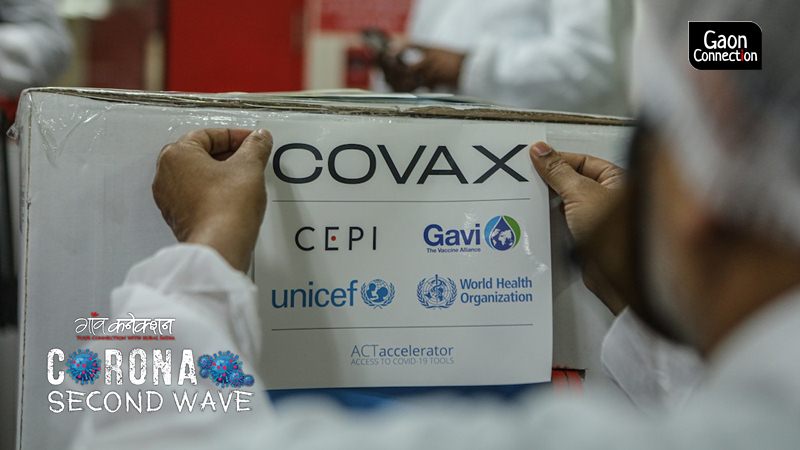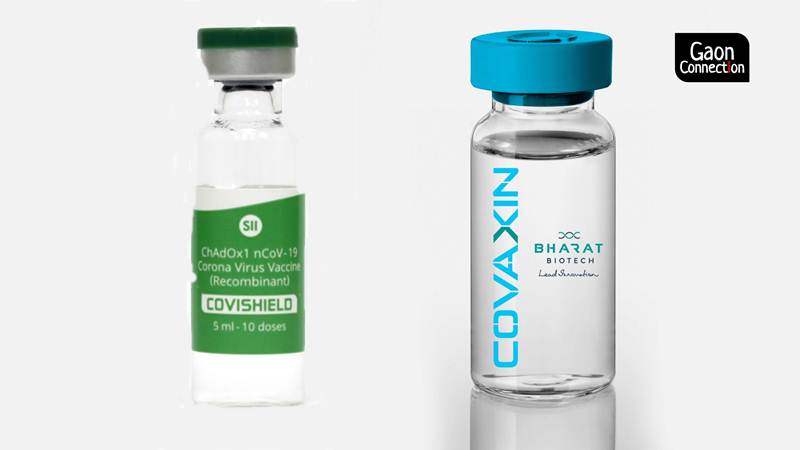Explained: COVAX — an international mechanism for equitable vaccine supply. How successful has it been?
COVAX - the vaccine distribution mechanism - seeks to ensure equitable distribution of COVID19 vaccines in comparatively poor countries. COVAX has delivered over 72 million doses to 125 countries. But that is far less than the 172 million it should have delivered by now. Details here.


The COVAX works on the principle of ‘nobody’s safe unless everybody’s safe’.
In a bid to ensure that COVID19 vaccines reach countries that are economically weak to procure the jabs for their populations, ‘COVAX’, an international mechanism for pooled procurement and equitable distribution of COVID-19 vaccines has been evolved.
COVAX, short for ‘COVID19 Vaccines Global Access’ has been evolved by four major agencies that work on public health — World Health Organization (WHO), United Nations Children Emergency Fund (UNICEF), Global Alliance for Vaccines and Immunizations (GAVI) and Coalition for Epidemic Preparedness Innovations (CEPI).
Explained: Novavax — how is India expected to benefit from this new COVID vaccine?
“For lower-income funded nations, who would otherwise be unable to afford these vaccines, as well as a number of higher-income self-financing countries that have no bilateral deals with manufacturers, COVAX is quite literally a lifeline and the only viable way in which their citizens will get access to COVID-19 vaccines,” GAVI stated in its note on COVAX.

How does COVAX work?
The functioning of the COVAX is based on the Advance Market Commitment (AMC) mechanism. It supports access to COVID19 vaccines for lower-income economies.
An advance market commitment (AMC) is a contract that binds the parties which are usually governments or other financial entities to guarantee a viable market for a product (vaccine) once it is successfully developed.
“Combined, these make possible the participation of all countries, regardless of ability to pay,” GAVI mentioned.

Explained: Why do COVID19 vaccines cause side effects in some people
The COVAX works on the principle of ‘nobody’s safe unless everybody’s safe’. The COVAX is funded mainly through Official Development Assistance (ODA), as well as contributions from the private sector and philanthropy.
ODA is a form of foreign aid that richer countries are pooling to help poorer countries get the vaccines.
How successful has COVAX been?
In the international medical journal published in The Lancet today i.e. June 19, the publication has called out that COVAX is a ‘beautiful idea that has fallen short’.
Meanwhile, at the pledging summit for COVAX on June 2, this year, United Nations Secretary General António Guterres said: “Today, ten countries have administered 75% of all COVID-19 vaccines, but, in poor countries, health workers and people with underlying conditions cannot access them. This is not only manifestly unjust, it is also self-defeating”.

“COVAX has delivered over 72 million doses to 125 countries. But that is far less than 172 million it should have delivered by now,” he added.
The Lancet also noted that of the 2·1 billion COVID-19 vaccine doses administered worldwide so far, COVAX has been responsible for less than 4 per cent.
‘Rich countries hoarding vaccines’
A major impediment to the goals of COVAX is the practice of ‘vaccine nationalism’ which in other words means securing as many vaccines as possible by the economically powerful countries like those in western Europe (France, the UK) and the United States.
It is reported that the tendency to hoard vaccines has the possibility to backfire as faster infection rates, as witnessed in India in the second wave, is leading to the mutation of Sars-CoV-2 virus into deadlier strains like delta plus or AY.1.
These mutations have the potential to challenge even the countries that have swiftly vaccinated a significant section of the population.

